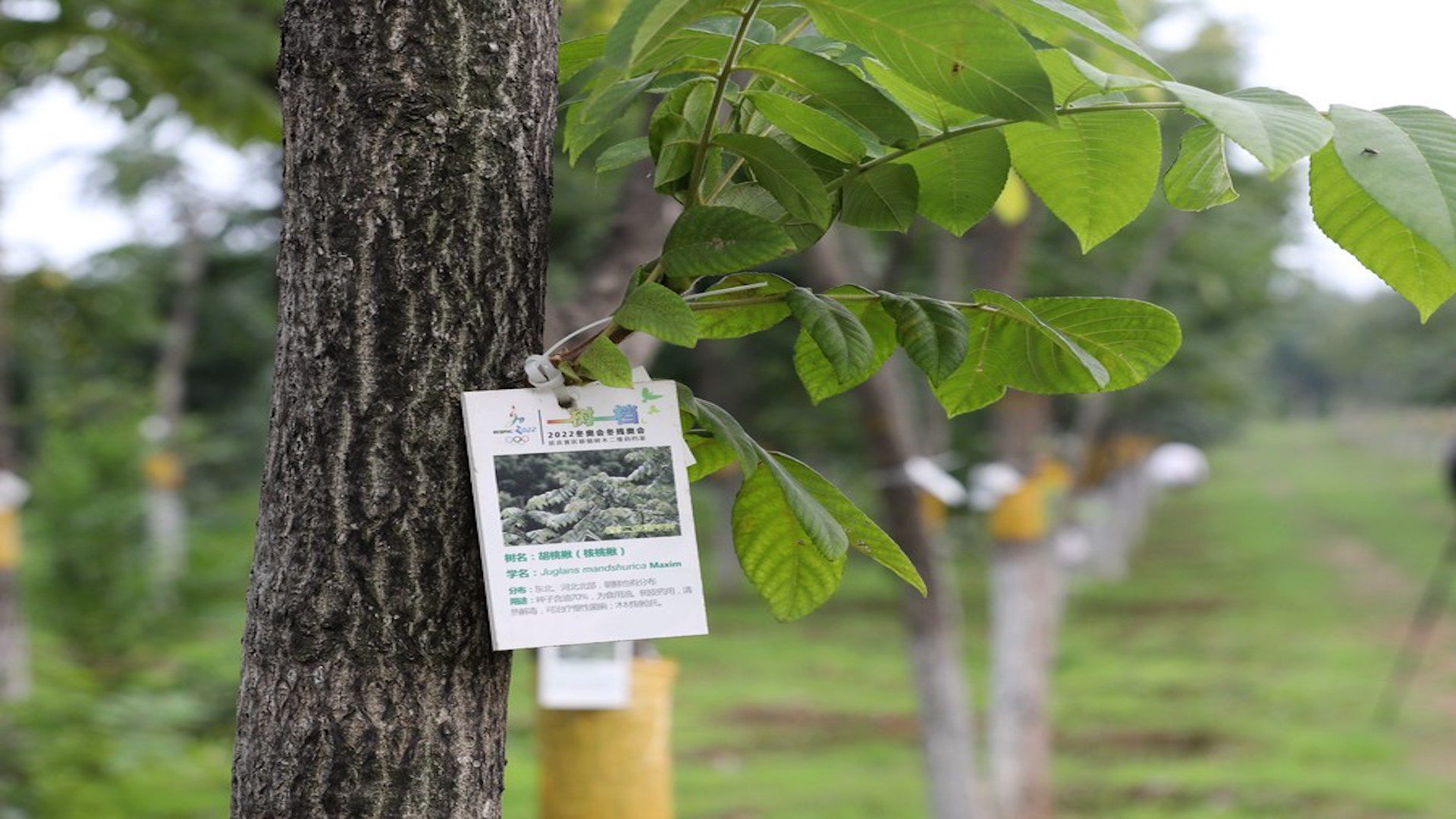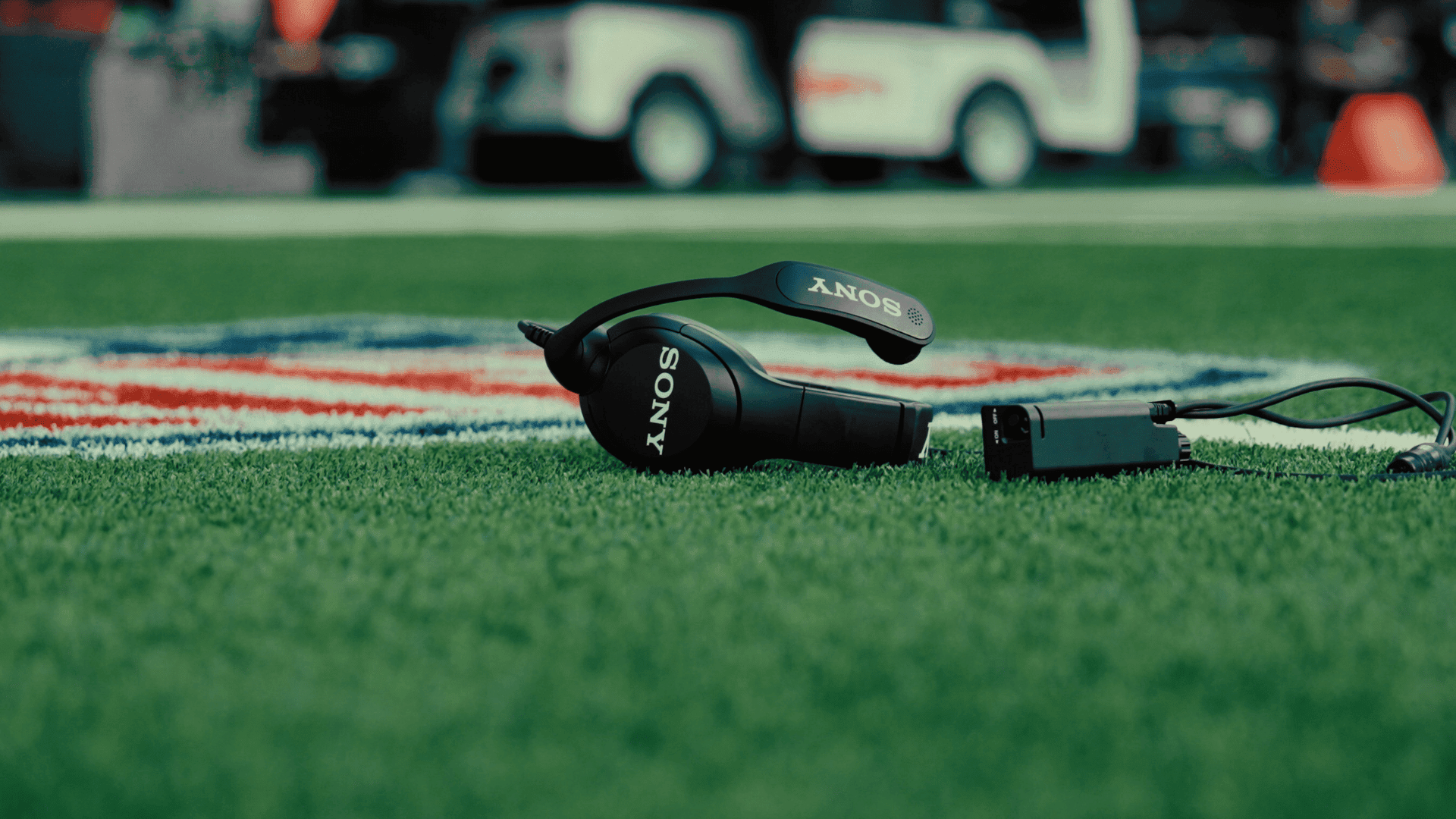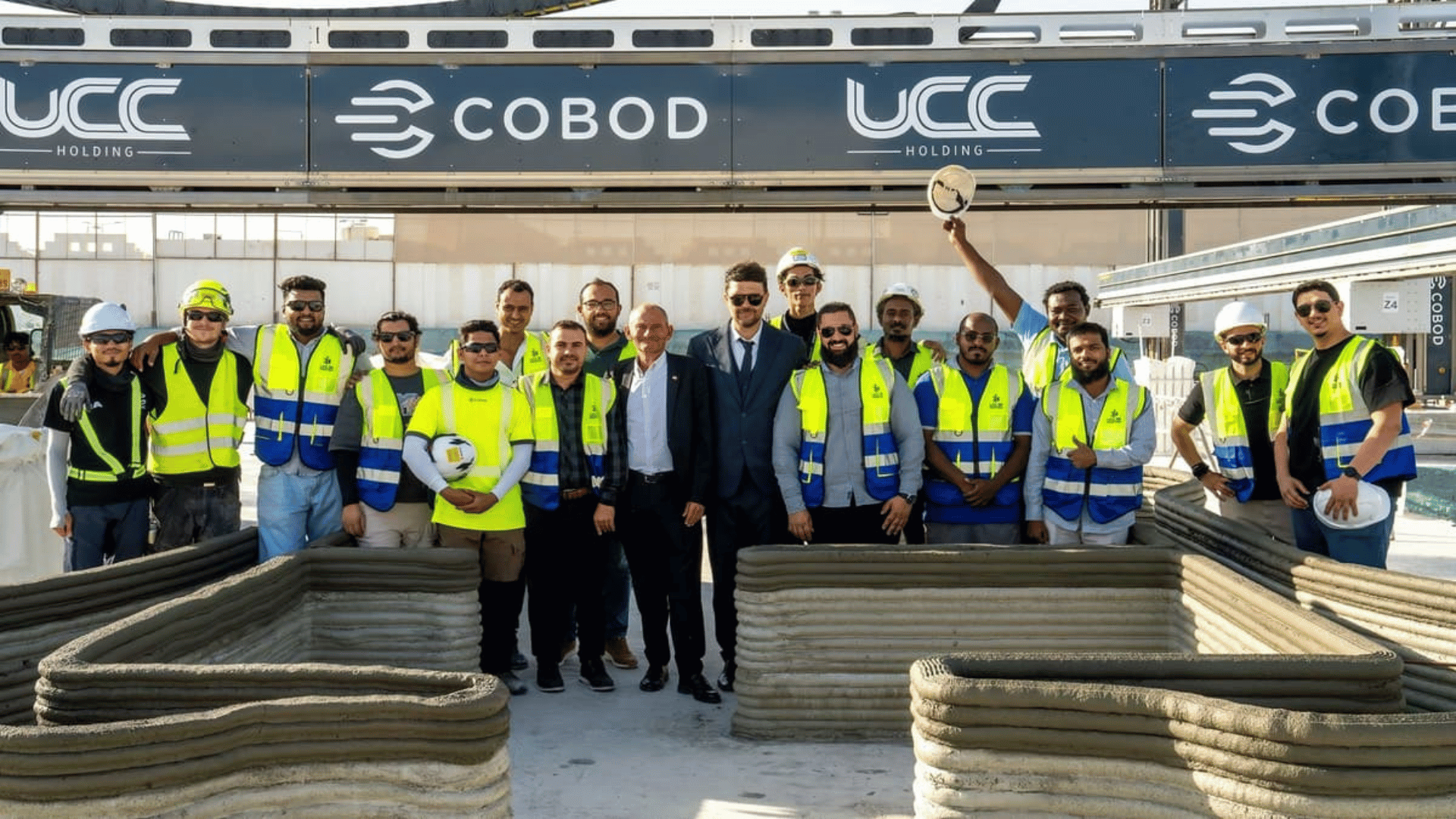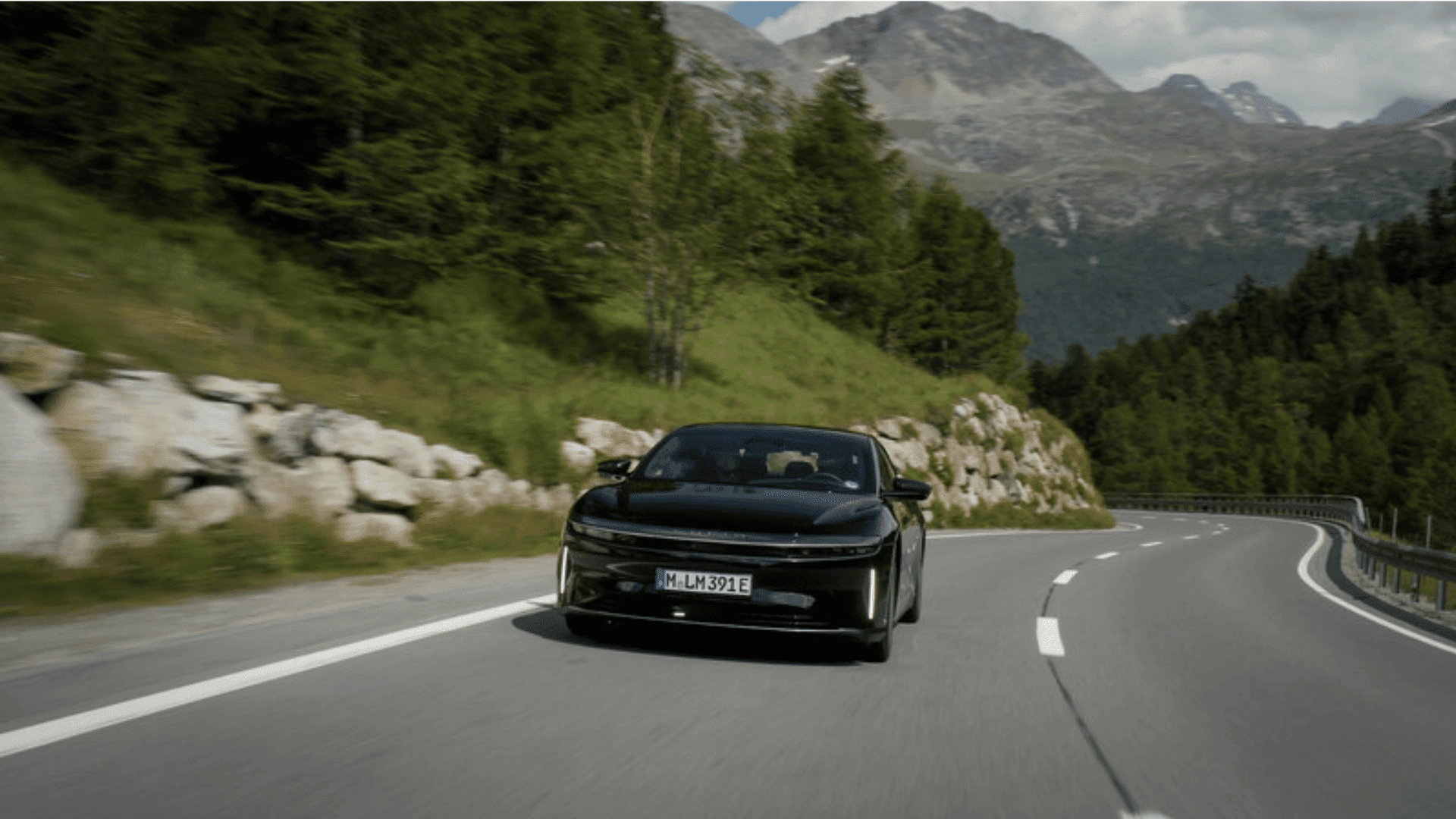The 2022 Beijing Winter Olympics could be the most sustainable Olympic games in history because of the Beijing 2022 Sustainability Plan. The plan reflects the Games’ vision of “Sustainability for the Future,” which follows the Olympic Agenda 2020, the strategic roadmap for the future of the Olympic Movement. Beijing’s plan also aligns with the United Nations’ 2030 Agenda for Sustainable Development.
Low-Carbon Games
A major aspect of the Beijing 2022 Sustainability Plan is to have low-carbon Games with carbon emissions reduction and carbon offsets. This plan is a part of China’s national goal to hit peak carbon dioxide emissions before 2030 and reach carbon neutrality by 2060. To achieve this goal, low-carbon measures were taken across the Games’ construction, venues, and transportation.
For example, four competition venues, one non-competition zone, and one training venue are being reused from the Beijing 2008 Olympics, meaning that the immense amount of carbon emissions from new construction was avoided. For example, The National Aquatics Center has been transformed from the “Water Cube” to the “Ice Cube”. The venue hosted the swimming, diving, and synchronized swimming competitions in 2008; it will host the curling competitions in 2022. Following the 2022 Games, the multi-purpose venue will continue to be used for both winter and summer sports, switching between the two depending on the season. Beijing is the inaugural dual Olympic city (the first city in the world to host both the Summer and Winter Olympic Games), so this reuse marks history.
Additionally, 100 percent of the games’ venues are powered by renewable energy. The renewable energy sources are wind, hydro, and solar energy. Additionally, the ice venues will use low-emission carbon dioxide refrigeration systems to further reduce emissions. This is the first time this low climate impact technology has been used in China and at the Winter Games. In 2021 alone, the four ice venues were predicted to cut 900 tons of CO2 emissions!
As for sustainable transportation, energy-saving and clean-energy vehicles will account for 100 percent of all passenger cars and 84.9 percent of all vehicles during the Beijing Olympics. Specifically, there are over 800 hydrogen-fueled vehicles, 370 pure electric vehicles, nearly 500 natural gas-fueled vehicles, 1,807 hybrid vehicles, and over 600 conventional energy vehicles. All of the electric vehicles will be powered by the brand new all-climate batteries. This helps solve the problem that lithium batteries are not resistant to low temperatures.
The Games also accelerated the construction of the Beijing – Zhangjiakou High-Speed Railway which connects the three competition zones. This high-speed railway reduces the travel time between the two cities from more than three hours to 48 minutes with the goal to reduce carbon emissions from the congestion and traffic between Beijing and Zhangjiakou. This high-speed railway is also high-tech–it allows riders to watch live events, charge devices wirelessly, and enjoy a 5G connection.
Water Conservation
Another component of the Beijing 2022 Sustainability Plan is to implement a water resources management system. This includes having a secure water supply, recycling nonconventional water resources, and controlling flooding. Considering that these are the first Games to rely on artificial snow, a holistic water conservation plan is extremely important.
For example, the Beijing Olympics use surface water for more sustainable snow and ice-making; 11 water tanks built near the venues collect 530,000 cubic meters of water from surface runoff, rainfall, and melted snow. Additionally, two of the three zones in the Games have treated domestic sewage and improved water quality. Thus, the water can now be used for road watering, green space, and snow-making.
Ecosystem Protection and Restoration
Beijing 2022 is also prioritizing plant and wildlife conservation. For example, to protect the wild animals near the competition zone, nighttime construction was controlled to decrease light pollution, over 600 artificial nests were set up for birds, and tree removal was limited.

Although some trees were removed, they were transplanted to an offsite location. Each transplanted tree was pictured and connected with a QR code. The code was then fielded into the traceable and searchable “tree resumes” to ensure a 100 percent transplantation rate. In Zhangjiakou alone, tree-planting covered 3,521 square miles.







